Difficulté
Facile
Durée
2,5 heure(s)
Coût
7 EUR (€)
Description
Fireless cooker made of a woollen blanket for steaming food. The principle of the fireless cooker or Norwegian pot is to place a stewpot in an insulating receptacle after boiling for slow cooking without using a heat source. This specific space-saving model is perfectly suited to nomadic life, especially in a van, but not only, and can be adapted to various sizes of stewpot or saucepan.
Introduction
The fireless cooker is a steaming device that has been around for thousands of years. The principle is to place a pot in an insulated container after boiling for slow cooking without a heat source. In addition to saving energy, the other advantage is that the nutrients are preserved. The dishes are tasty because they are cooked slowly; we've tested and approved it extensively, particularly with lentil and soups.
Youtube
Étape 1 - Preparing insulation
- Fold the blanket into thirds and check that this is enough to enclose your stewpot.
- Cut the blanket into three squares of equal size
- With the rest, cut two squares the width of the stewpot
- Sew these two small pieces in top of each other at the centre of one of the larger squares to make a double base for the stewpot
- Overlay the three large squares on top of each other
- Sew them together by hand around the edges
Étape 2 - Making the cover
- Cut the fabric to cover both sides of the blanket squares
- Cut two Velcro strips about 30 cm long
- Position the Velcro strips on the fabric, making sure that the two opposite sides overlap when you close the Norwegian pot on the stewpot.
- Secure the Velcro strips to the fabric with pins
- Sew them to the fabric
- Fold the fabric in half, overlapping the edges
- Sew two edges of the fabric together to make the cover
- Slide the blankets squares into the cover
- Stitch in the centre to keep the blankets in place inside the cover
- Sew the last edge of the cover. You can also sew on a zip to make the cover easier to wash.
- You can now use your Norwegian pot!
Étape 3 - Using the fireless cooker
- Start cooking on the heat using your most isolated pot
- Place the lid on the pot and bring to the boil.
- Further cook for a few minutes (depending on the recipe chosen, the pre-cooking time will vary).
- Place your Norwegian pot wide open on a flat surface
- Stop cooking and place the boiling stewpot in the centre of the Norwegian pot
- Close the edges with the Velcro strips, taking care not to leave any gaps between the pot and the fabric.
- Allow to stew inside the Norwegian pot for the minimum time required according to the recipe, usually double the normal cooking time.
- Open the pot and check that it is cooked through and still hot.
- All you have to do now is enjoy your tasty recipe.
Étape 4 - Tips
- A wool blanket will limit the number of layers you need to use for insulation, but you can use other insulating materials.
- Velcro straps allow you to use different sizes of stewpot or saucepan. Make sure you make your Norwegian pot with the largest pot you're going to use.
- We recommend that you recycle materials. You can find woollen blankets and cotton fabrics at recycling centres.
- When cooking, it's best to choose a cast-iron or terracotta casserole, as the heat loses more slowly, but the most important thing is that the lid fits the pan properly so that it doesn't leak.
- Tighten the Velcro straps as much as possible to prevent heat loss.
- Make sure that there is enough water in the pot to simmer for several hours.
- If you have left your dish to simmer for more than 2 hours, there is a risk that the temperature will have fallen below 60 degrees and that bacteria will have developed. It is therefore advisable to bring your dish to the boil before eating it.
- You can use your Norwegian pot as a quilt over your duvet for extra warmth around the feet especially when it is still warm after having cooked!
Notes et références
Tutorial of a wooden haybox from the Low-Tech Lab : https://wiki.lowtechlab.org/wiki/Marmite_norv%C3%A9gienne/en
Published
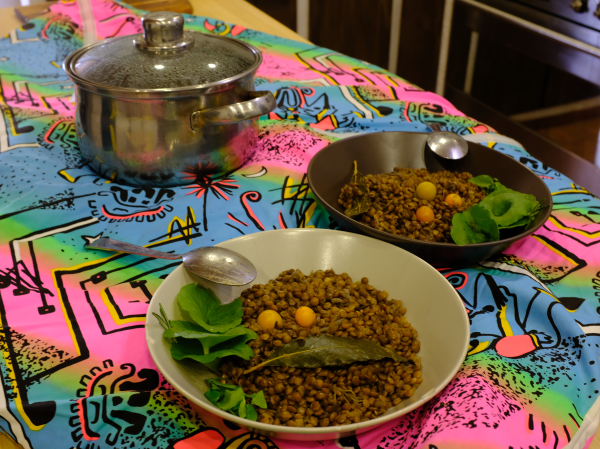
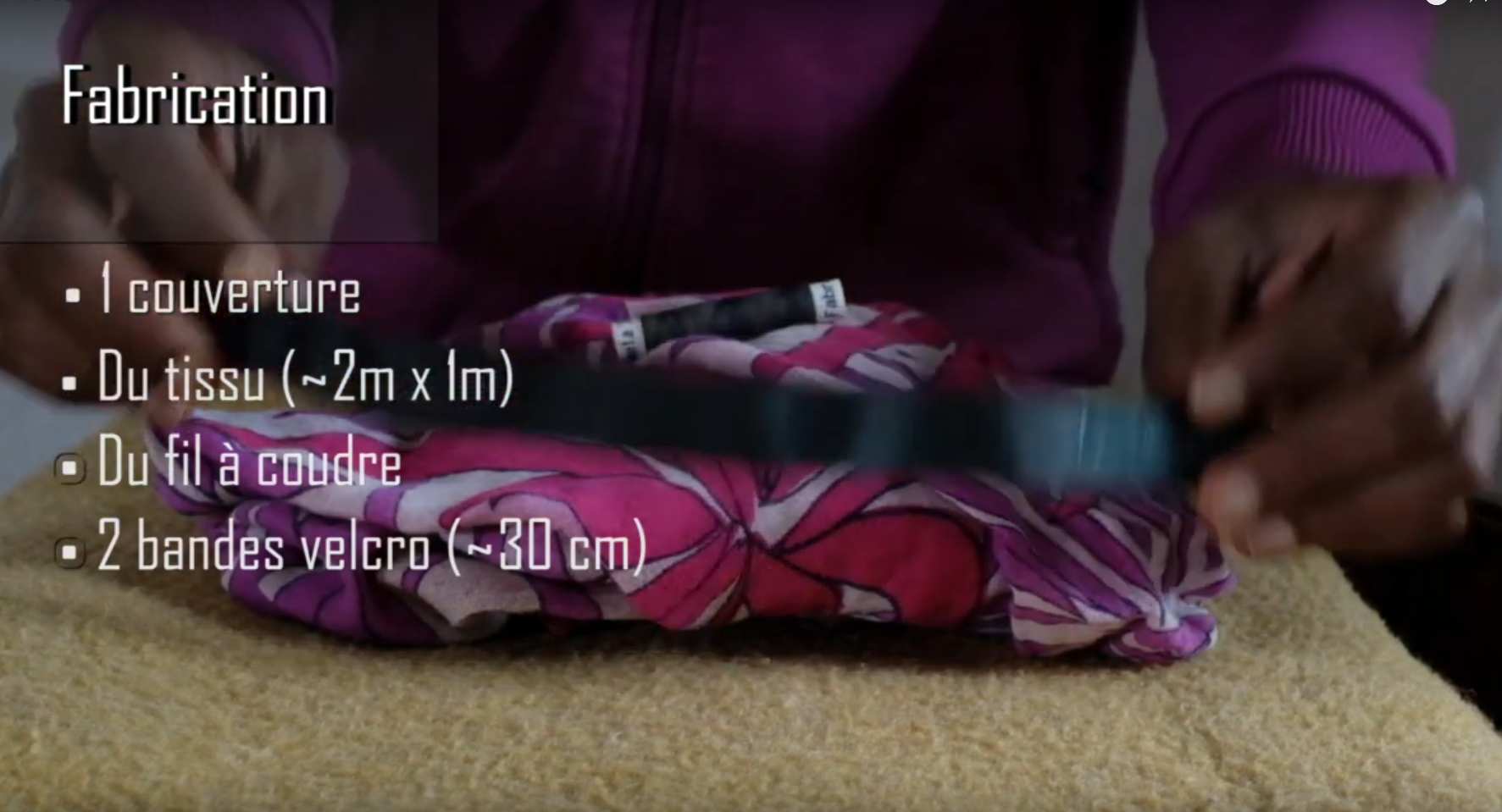
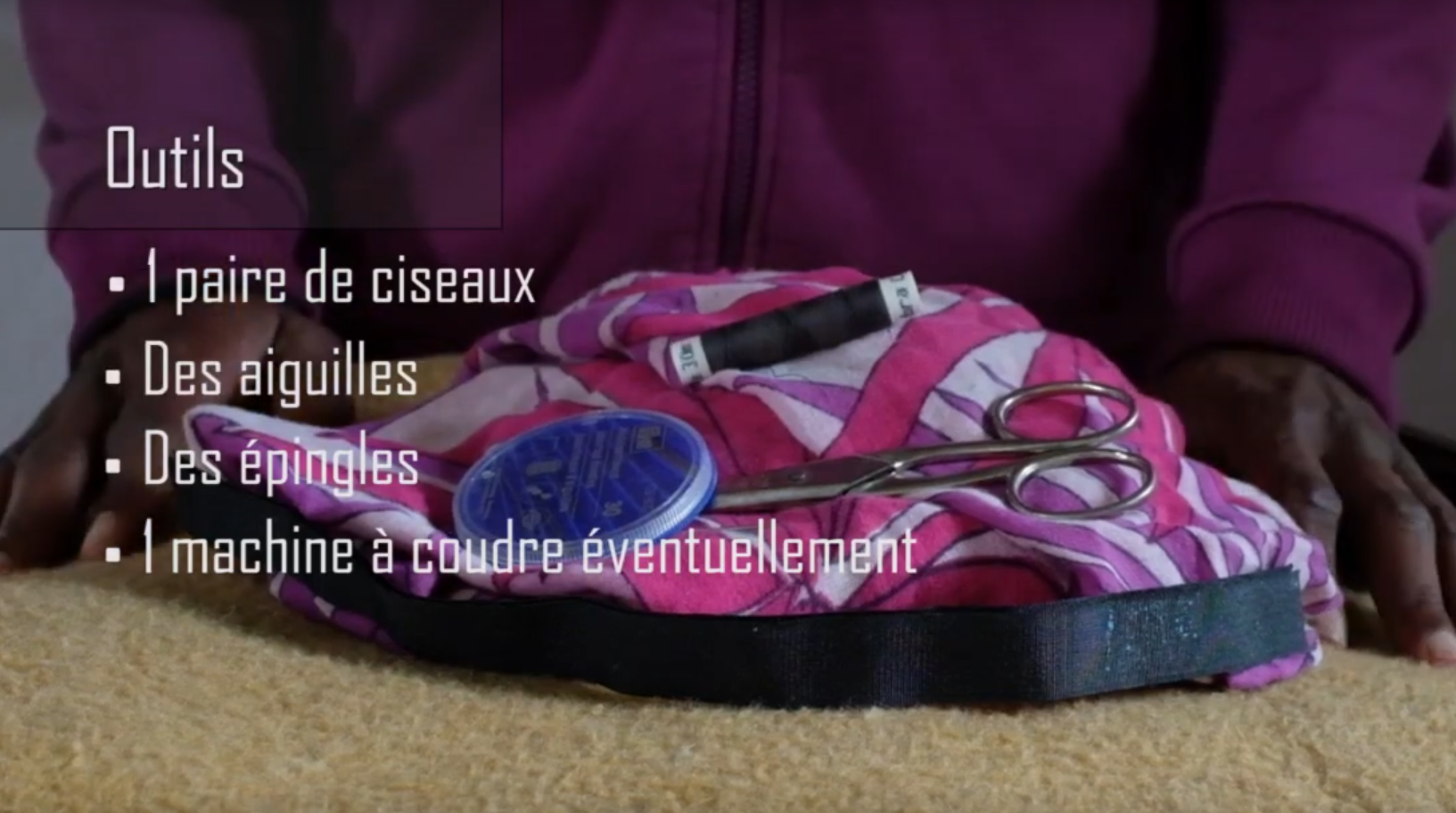
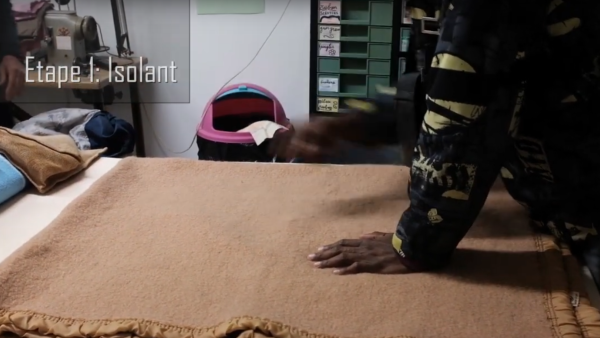
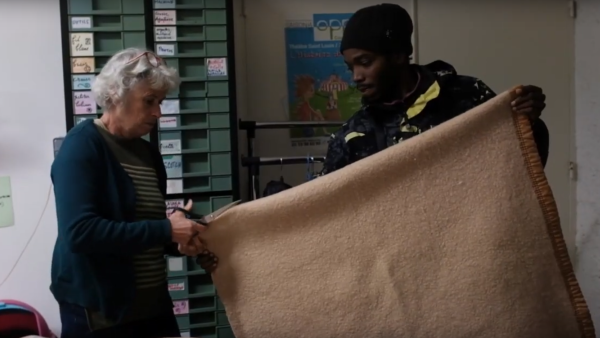
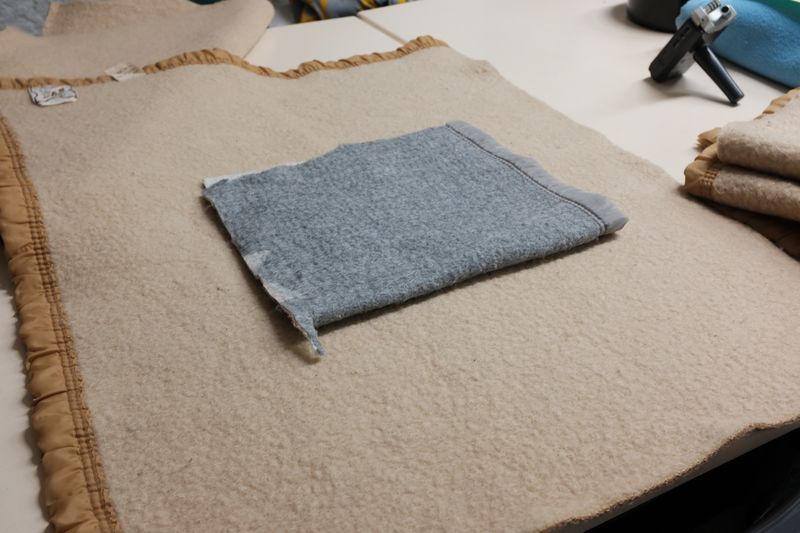
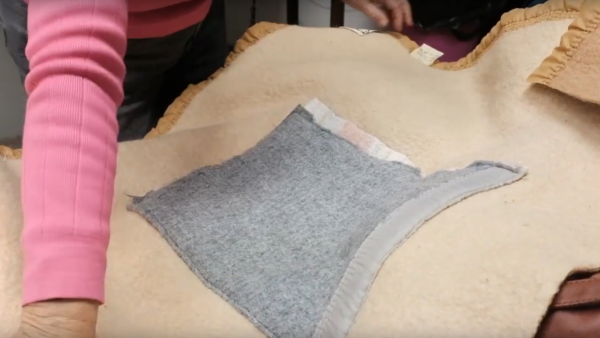
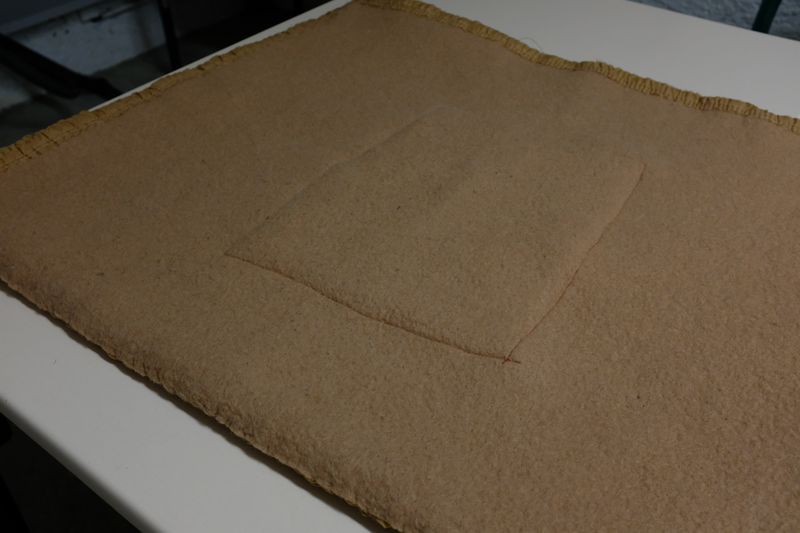
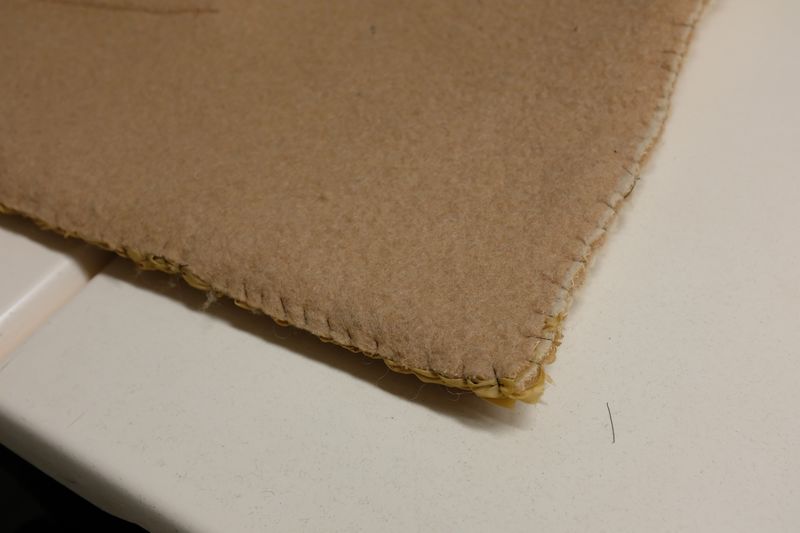
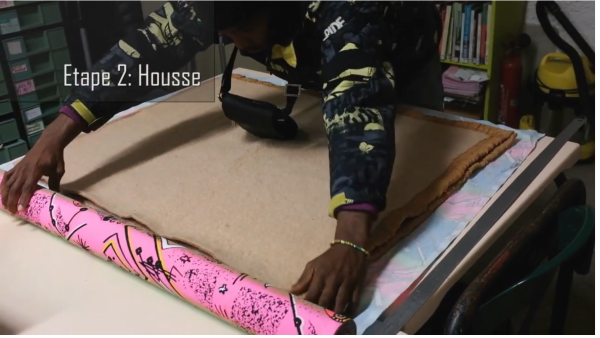

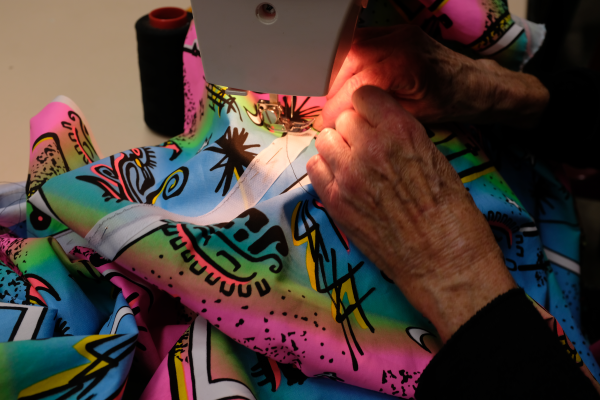
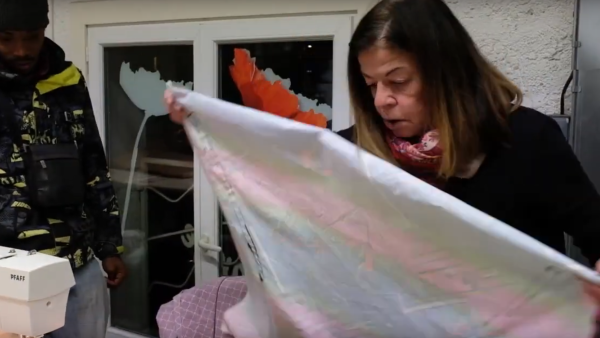
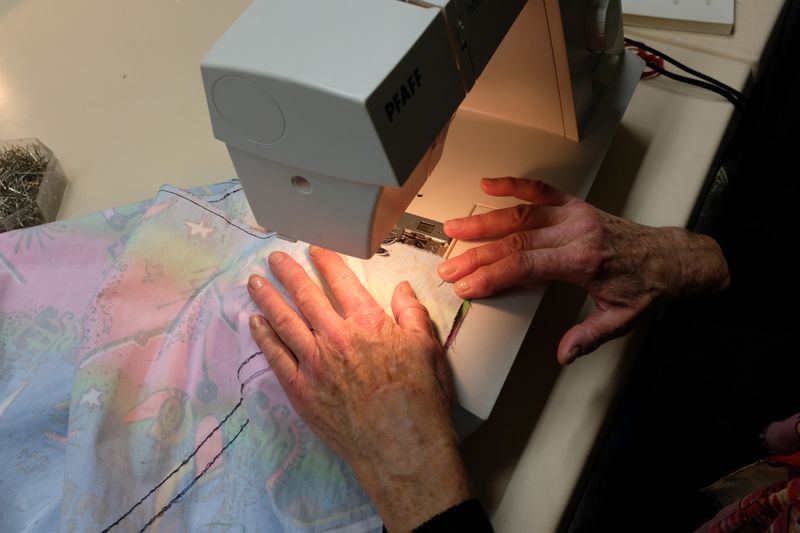
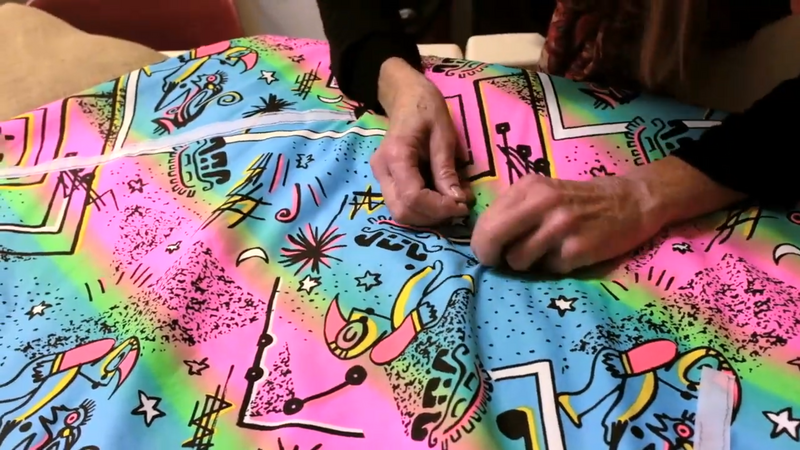
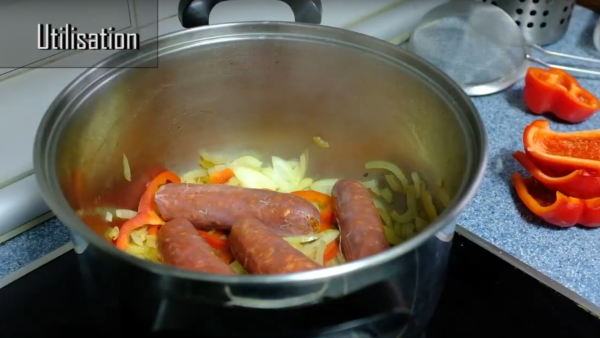
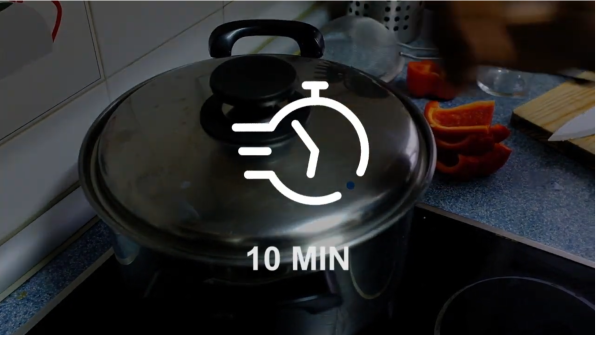
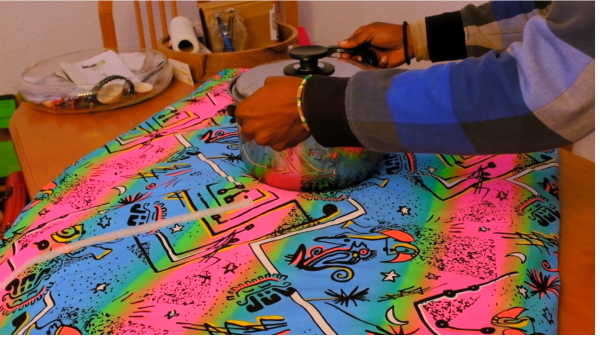
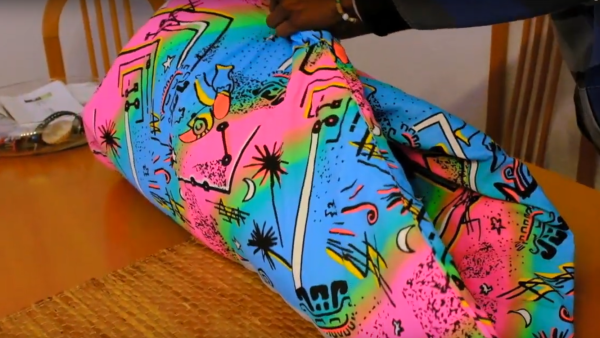
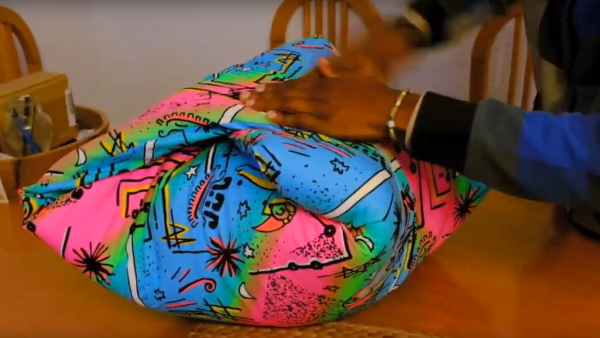
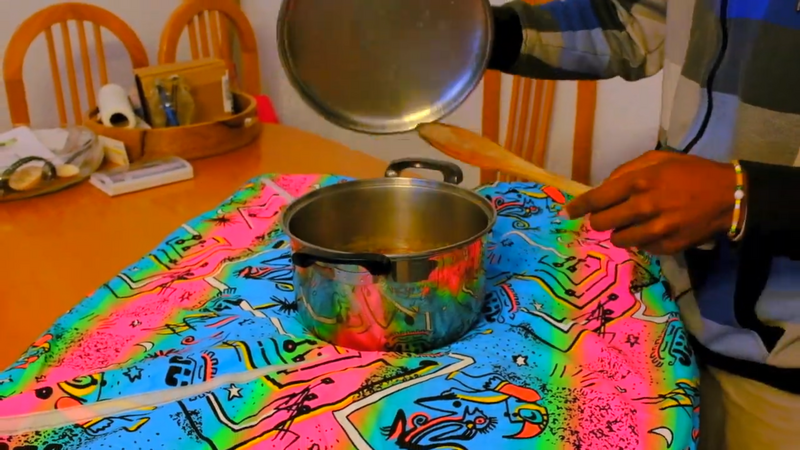
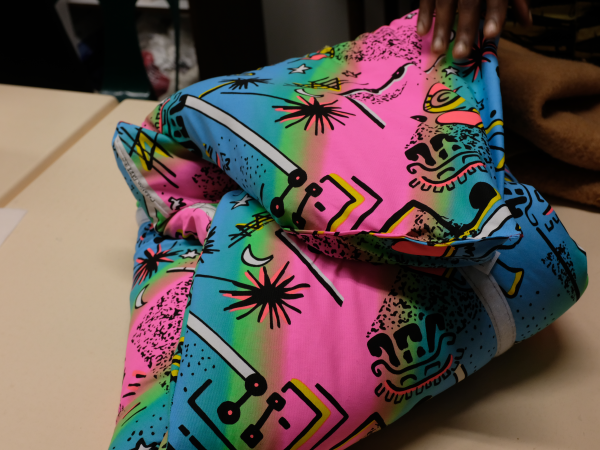
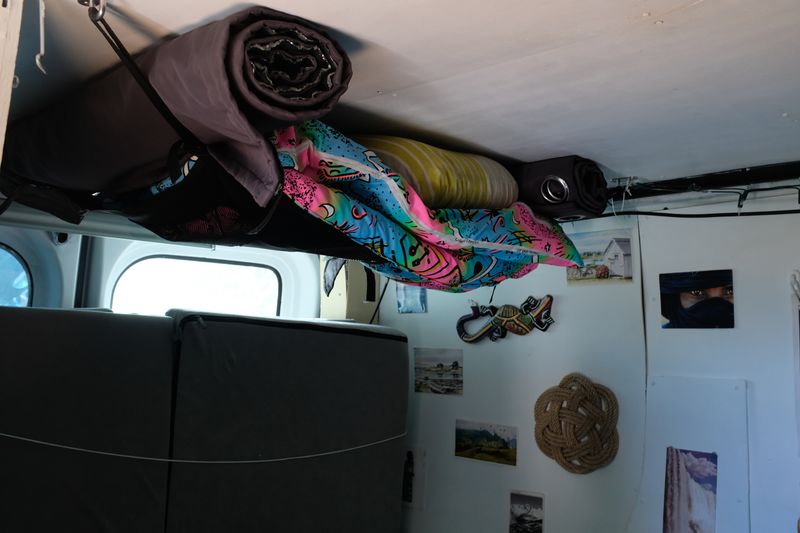
 Français
Français English
English Deutsch
Deutsch Español
Español Italiano
Italiano Português
Português